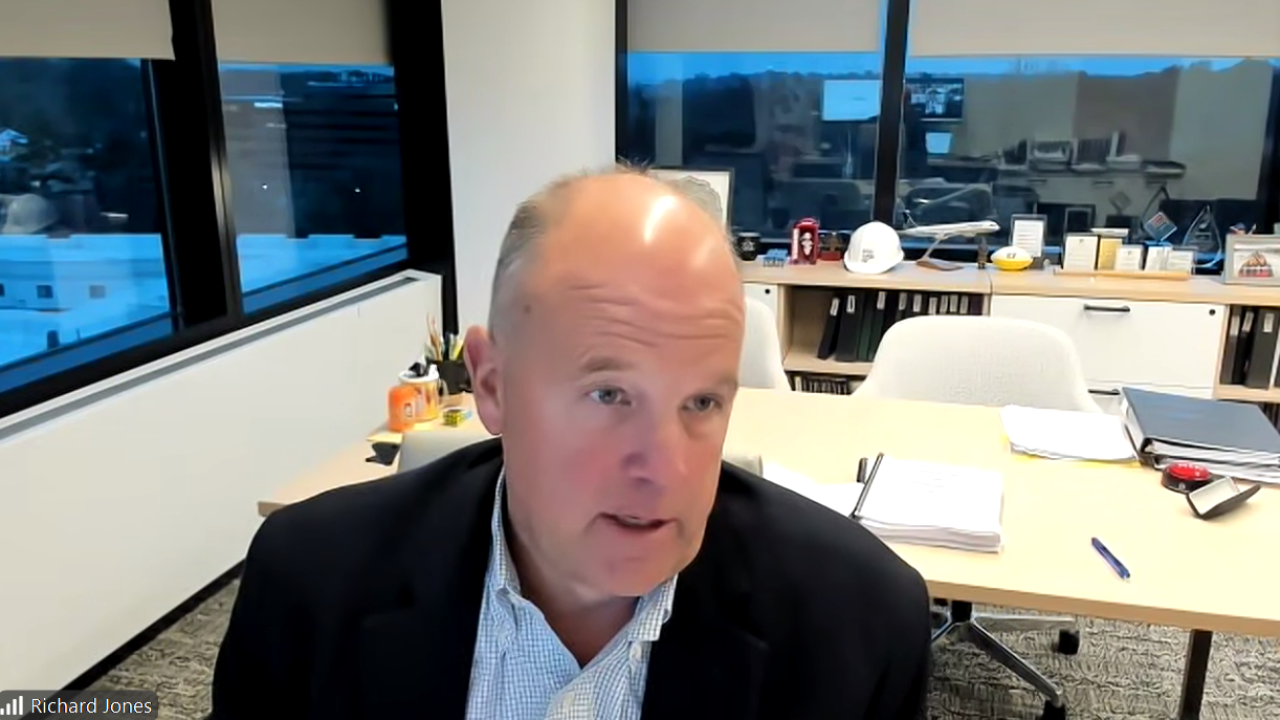The Financial Accounting Standards Board is planning to welcome new board members as the terms of several of its members end next year.
This past July, accounting professor Christine Ann Botosan joined the board (see
Speaking at Financial Executives International’s Current Financial Reporting Issues conference in New York on Monday, he described some of the changes at the board. “In a group like ours, it’s important that we have diverse perspectives, but it’s also important that we have change amongst board members, and to some degree amongst staff,” he said. “We’re entering into a high degree of change associated with more members.”
He noted that Botosan recently replaced longtime member Thomas Linsmeier. “We lost an academic, but we also gained an academic,” said Golden. “That helps the board understand what is the conceptual theory, what is the theoretically correct answer, what independent research is out there that the board can consider on approving financial reporting, so I think it’s important that we have representatives from academia on the board.”
Another member, Daryl Buck, who comes from a private company background, is choosing to leave the board early, Golden noted. “We have not yet named his replacement, but I fully expect that the board of trustees will select a member from the private company financial reporting community because I think it’s important that we have that perspective.”
In June 2017, the second five-year term of another board member, Larry Smith, is set to end. “He’ll be at the 10-year period and will no longer be able to serve,” said Golden. “We’re actively recruiting his replacement. The composition of the board currently does not include a large multinational preparer so we’ve asked the trustees to consider a pool of candidates, some of which would include a large multinational preparer to replace Larry.”
Then in June 2018, another longtime FASB member, Marc Siegel, will see his second term ending. “Marc historically has been a representative of the sell-side analyst community so we’ll be actively recruiting somebody from the investment community,” said Golden. “We have a degree of change, but what we’re continuing to do is to try to change the culture of the board so that we can consider the costs and the benefits.”
FASB technical director Susan Cosper spoke alongside Golden at the conference about the changes at the organization. “Board turnover always leads to an interesting circumstance for the staff,” she said. “As we think about the projects and memorandums that we bring to the board, we have to constantly remind ourselves that new board members haven’t been on the same journey that all of the other board members have been on. We spend a tremendous amount of time onboarding them, which is to really take them on that journey, and then we need to continue to remind them of that journey.”
For Botosan, they spent time getting her up to speed on the ongoing projects. “As we think about the new board members coming on in January and later in 2017, we’ll implement a similar process, but at the same time we’re constantly thinking about what projects will be able to finish,” said Cosper. “How will board turnover impact those projects in terms of will they be able to vote on them, won’t they be able to vote on them, so it’s constantly something that we’re thinking about. By July of 2017, we’ll have effectively three new board members.”
FASB’s overseer, the Securities and Exchange Commission, is also dealing with turnover of its commissioners, especially with chair Mary Jo White’s announcement Monday that she will be stepping down when President Obama leaves office (see
Priorities and Convergence
Golden told panel moderator, Kenny Bement, the controller of reporting and governance at Google’s parent company Alphabet Inc., about some of FASB’s other priorities in the next year. On the technical side, he hopes to complete the improvements in accounting for hedging and long-duration insurance contracts in 2017. He also hopes to make more progress next year in some of FASB’s disclosure projects, including its disclosure framework. Golden was also asked about the status of FASB’s convergence work with the International Accounting Standards Board.
“I believe that in analyzing the costs and benefits, each member of the FASB needs to recognize that there is a benefit to investors that invest globally to have similar outcomes,” he said. “We also need to recognize there is a cost to multinationals when we do not have similar outcomes, and the board needs to recognize that and compare that to the potential to have a solution that is not as good as it could be. We also need to recognize that we live in a country that has different laws than other countries. We live in a country that has different regulations than other countries, and we live in a country that has a different culture. So what we have been doing at the FASB is we’ve been engaging in a dialogue with the IASB. We’ve also been engaging in a dialogue with other prominent national standard-setters. The reason for that is we want to understand their rollouts, their regulations and their cultures, and we want to work together so that we can find common solutions for these difficult financial reporting problems.”
He pointed to Canada and Japan as examples of other national standard-setters that have been engaging with FASB. “I think the best possible way forward is for those standard-setters in those countries to think about what’s important, to think about and recognize that there is a benefit for having common solutions,” said Golden. “There’s a cost when we don’t have common solutions, but the best way there is to engage in a strong and equal dialogue. We continue to participate as a common member of the IASB’s ASAF [Accounting Standards Advisory Forum], which consists of 12 standard-setters, and we’re recommending to the IASB our solutions that would improve IFRS. We’re also engaging in dialogue with other standard-setters about what they think would improve U.S. GAAP and what we think could improve their GAAP. Hopefully as we continue this evolution we’ll have better financial reporting solutions, and they’ll be more common around the world.”
Cosper noted that she frequently gets questions around definitions that could be common for both FASB and the IASB of terms such as “business.” FASB has a project on its agenda to clarify the definition of a business, and it was originally part of a convergence project on business combinations, she noted.
“In that circumstance, we had the same words, but the words were applied differently if you applied IFRS or if you applied U.S. GAAP,” she said. “So we wanted to try to adjust our words so we got consistent outcomes that made sense for the U.S., but also consistency in how it was applied under IFRS.”
Non-GAAP Metrics
Non-GAAP measures have also been a matter of debate at FASB, especially with the SEC’s recent guidance on the subject. “I think non-GAAP is accepted by investors because of the financial reporting that we have in this country,” said Golden. “I think that investors recognize that there’s an internal control structure, they recognize that there’s an attest function associated with the GAAP information, and they recognize that in a lot of cases, the non-GAAP is derived from the GAAP information. It may just be a different way to present it or it may be GAAP lite or GAAP plus.”
He has spoken with FASB’s advisory councils and others about the proliferation of non-GAAP metrics. “I think we can learn from non-GAAP to improve GAAP,” said Golden. “There are cases where we evaluate the types of non-GAAP information that’s out there. It helps us understand should we improve GAAP or should we not. When you look at a lot of the non-GAAP around adjusted earnings, they’re not adjusted the same at all companies, so what that tells me is we shouldn’t waste our time at the board trying to come up with consistent subtotals. It tells me the market doesn’t want consistent subtotals. What the market may want is more disaggregation on the performance data.”
Later at a press conference, Cosper talked further about FASB’s work on the hedging and insurance contracts standards. “In terms of hedging, we haven’t gotten quite as far as the IASB has gone with their issued standard, but the outcomes will be closer to what you have under IFRS,” she said. “The comment letter for that project closes on November 22. So far we’ve only gotten one or two comment letters, and we anticipate a roundtable for a variety of stakeholders. We have two roundtables scheduled for financial entities and for nonfinancial entities. Then we plan to begin our deliberations in January. On insurance contracts, we definitely have a different model than what the IASB has. A couple of years ago, we were working with the IASB on a converged model and we stepped back from making a comprehensive set of changes to the insurance standard to making targeted changes. So we will have differences with respect to our model and their model. That project we issued for public comment in late September. We’re planning roundtables on that in March.”
Golden was asked about the impact of last week’s presidential election on FASB if the Dodd-Frank Act is repealed. “We do monitor changes in our external environment to understand if it has an impact on the FASB or Financial Accounting Foundation,” he said.





